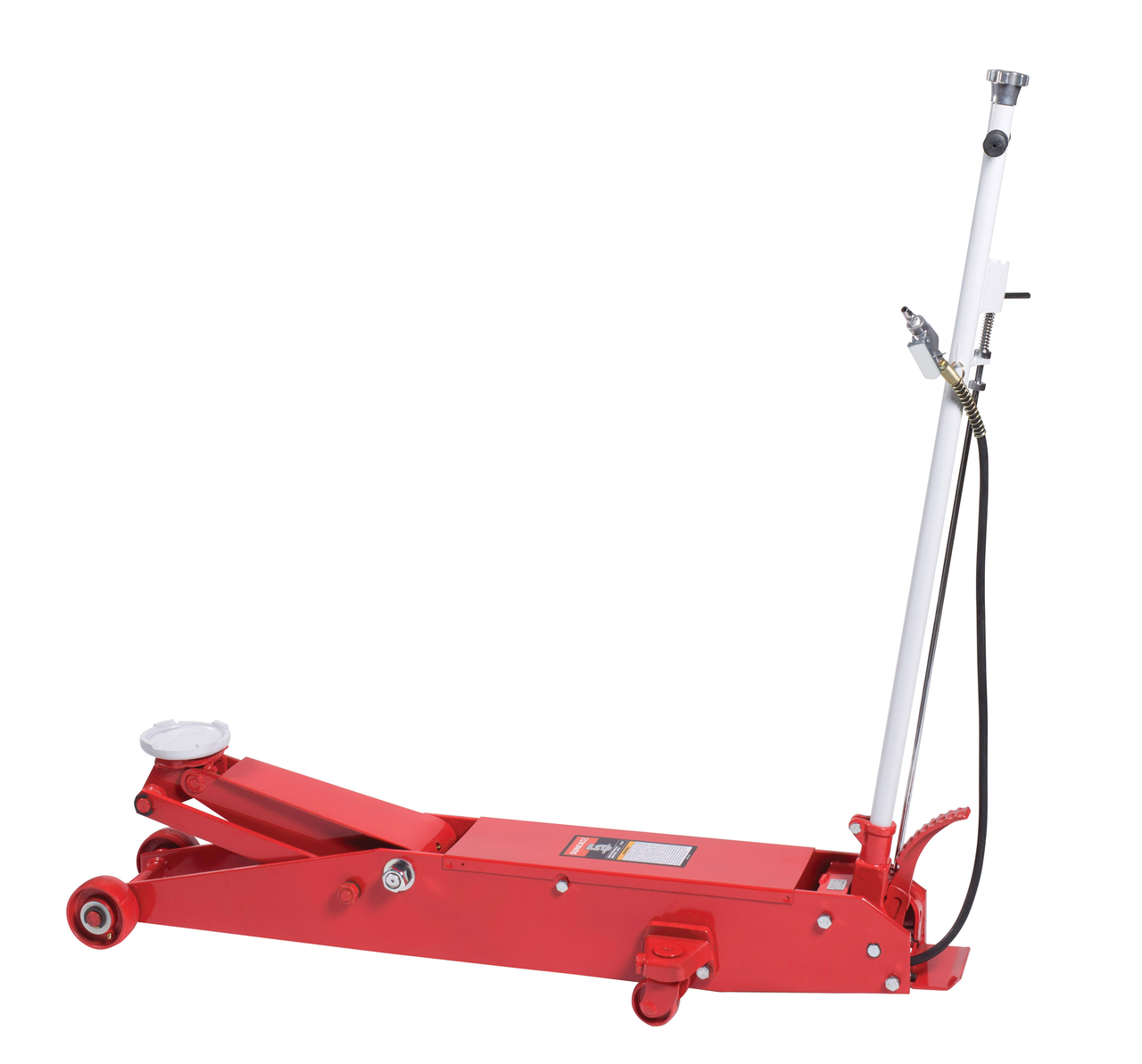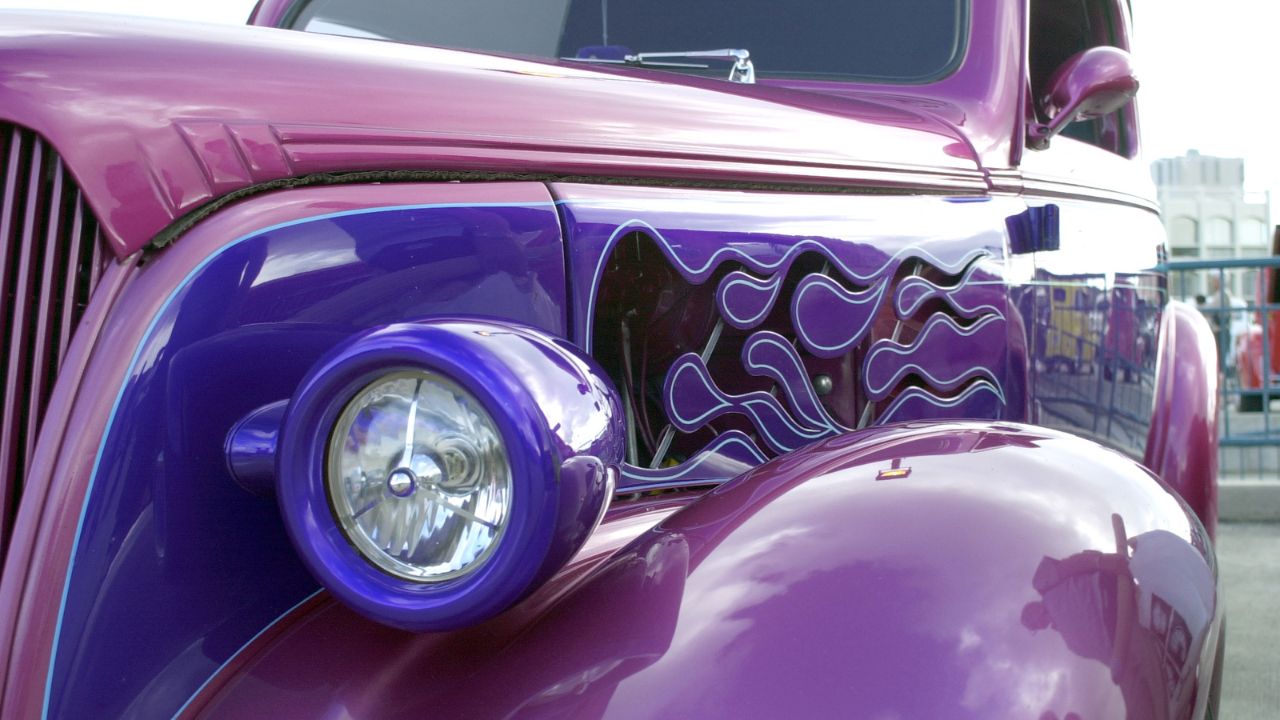
The bodywork on a sports car is sleek and round, while that of a muscular-car is full-size, with a big, block engine. Both types of cars can be expensive but they are both capable of driving straight and fast. Although each car is unique, it's important to be aware of the differences. Learn more about their differences.
Muscle cars can be described as a large-sized sedan equipped with a big-block motor.
The first time the term "muscle car" was used, it was to describe street cars with high-performance engines that are designed for drag racing. The term gained popularity among the general public when it was used to describe high-performance street cars built for racing. Today, muscle cars are a subcategory of luxury sedans. These vehicles have big-block engines and are built to perform at top speed. Some muscle cars even boast 450 horsepower.
A slant-six was a common engine in early muscle cars. Mercury showed an interest in muscle car movements by building a 1969 Cougar Eliminator. The Cougar Eliminator had a 302 cubic-inch smallblock and a Cobra Jet (428 cubic-inch) engine. These cars produced 3,108 horsepower combined and 440 lb.ft of torque.

They excel at driving in straight lines and very fast.
Sports cars are fast but can be very expensive. American muscle cars were fast but very expensive in the past. Sports cars can be as fast today, even though they are less expensive. But, what makes them so special? You'll find out in this article. Find out why a sports car is great for driving straight. Here are some reasons why sport cars are superior to other cars.
They are usually more expensive than sports cars.
A muscle car can be extremely fast and its price tag shows it. Sport cars, on the contrary, are built to handle different driving conditions. Both types of cars are designed to be fast and maneuverable, though a sports car's handling does not match a muscle car's. A muscle car might not suit your needs if you are looking for speed. A sports car is more appropriate if you are looking for comfort.
Muscle cars and sports cars share many similarities. They are both rear-wheel-drive vehicles, but are built for power and acceleration. Massive engines are common in muscle cars, with more torque and power than power. These powerful engines can also be agile and allow for easy cornering and stopping. Both types are typically more expensive than sports cars. Muscle cars are often more expensive that sports cars, but there are still important differences.
They are more powerful
Muscle cars may have more horsepower but sports cars have smaller engines that produce more torque. This gives them an edge when racing straight. Muscle cars are also more powerful and have greater underlying strength than those with more horsepower. Muscle cars are more muscular and have a larger appearance, while sport cars are known for their sleek lines and beefy appearance. Regardless of the difference in horsepower, both types of cars have a distinctive look.

As with any comparison, it's important to identify what you are looking for in a vehicle. Muscle cars are often referred to as muscle cars, but sports cars are more efficient. Muscle cars are often heavier than sports cars. Sports cars typically have more horsepower. Both have high-performance engines but the sports car will have greater horsepower overall. Muscle cars are classified based on their body design and weight.
FAQ
What are the requirements of an auto technician?
You need to have high school diploma or GED and good grades in English as well as maths. Also, you must be able read and write. Before you can start working, you will have to pass a written exam and take a series practical tests.
What is the job description for a mechanic in a car?
Car mechanics can find work in three areas:
-
Automotive repair shops
-
Dealerships
-
Independent garages
Automotive repair shops
This is the place most people begin to consider becoming mechanics. This is the best way to get started. You have two options: work in an existing shop or open your own.
You will need to join a union if you want to work in a shop. After being accepted into the union, the union will provide training.
Once the training is completed, you can start working.
Registering with the government is required if you intend to open a garage. After you register, you will be required to meet specific standards.
When you've registered, you'll be given a license to operate your garage.
Your license allows for minor repairs and spare parts sales. It won't allow you to fix major engine problems.
As well as selling spare parts you will need to offer advice and direction to customers.
Dealership jobs
Most dealerships only employ mechanics who have a specific skill set. For example, they might only deal with brakes or only replace tires.
Some dealerships hire general mechanics to handle all aspects of car repair.
These positions often require applicants to undergo specific training before being allowed to work. This allows employers to pick the right candidates for their jobs.
Some dealerships recruit students right out of school. These graduates are already familiar with basic mechanics and can therefore learn about cars.
Independent garages
Independent garages don't belong to any particular dealership. They tend to be focused on high-quality service.
Independent garages don't have to be associated with any particular company. This allows them to offer higher wages. These jobs generally pay better than those at dealerships.
However, independent garages do not necessarily offer better workplaces. Many business owners prefer to be in control of their businesses than to delegate it to employees.
It is possible to work long hours, but not have any control over the day.
It is also possible to expect lower wages than you would if working at a dealer.
The good news? You can easily switch between different types of jobs. If you want to work at a dealership, then you simply need to ask your current employer if he would consider hiring you as a mechanic instead.
You could also apply directly to an owner of a garage if that's what you want.
Unfortunately, finding a new job can be difficult. There are many factors that affect how much you make.
Consider, for example, what type of vehicle you are repairing and whether additional labor charges will apply.
What do I need to know about car mechanics?
Auto mechanics don't require any knowledge. You only need to know how to fix them. That's why most people start doing jobs like fitting brake pads or changing tires before progressing to more complex repairs.
You need to be able read and comprehend diagrams, follow written instructions and adhere to basic principles of good practice. It is also important to know how to determine if parts are damaged or need to be replaced.
It is important that you have proper training and guidance before you attempt to repair vehicles. This is especially true if your job involves expensive parts like transmissions or engines.
Even though you don't need to be an expert on cars, it is important to understand the fundamentals of mechanical engineering and physical physics. This involves understanding how engines work and how brakes work.
It's also worth noting that you'll need to be prepared to deal with all sorts of situations. One example is when you could be working on a vehicle involved in a serious crash. Additionally, you will need to have experience with handling accidents and breakdowns.
Finally, you must be willing to learn new skills quickly. As well as being able to diagnose problems, you'll need to be able to perform simple maintenance tasks such as tightening nuts and bolts.
What is the length of an apprenticeship as an automotive mechanic?
It takes approximately three years to complete an automotive mechanic apprenticeship. It includes two years of school and two years as an apprentice. The first year teaches you all aspects, from theory to practical skills and safety procedures. You'll also learn the safe and efficient use of tools during this first year. After you have completed the first year of training, you will be able to spend an additional year on-the job learning different trades. You'll have the opportunity to attend formal courses during these periods too.
The last year of the program is dedicated to gaining certification and qualifications in the field. These include NVQs (National Vocational Qualifications), that are given after passing specific industry exams. Additionally, HNCs are Higher National Certificates that cover general subjects such management, customer service, and business administration. For those interested in pursuing certain trades, City & Guilds certificates are available.
Is it hard to get work as an auto mechanic?
Yes, it can be very easy. Many garages have vacancies that are advertised online. Many people apply because they think it will be fun. Applying for several positions and seeing if they accept student applications is a good way to get your foot into the door. Ask your friends and family to recommend anyone in the field. They may be happy to recommend someone.
What is the difference?
Both are related, but they are not the same. An automotive technician maintains cars, while a mechanic repairs them.
A mechanic must be skilled in manual dexterity and able to complete simple tasks quickly. They must also be able to diagnose problems accurately and repair them effectively.
An automotive technician is required to have more technical knowledge than a mechanic. They must be able to read blueprints and use tools such as drills and wrenches.
They should be able safely to perform complex procedures. They must also be familiarized in different types and electrical systems.
They must also be able to understand how various parts interact with each other.
As a result, mechanics typically make less than technicians. Both careers have many options.
Statistics
- Apprentice mechanics earn significantly less hourly than mechanics who have completed training, with a median wage of approximately $14.50 an hour, according to PayScale. (jobhero.com)
- According to the BLS, total auto technician employment is expected to exceed 705,000 by 2030. (uti.edu)
- There were 749,900 jobs available for automotive service technicians and mechanics in 2016, which is expected to grow by six percent through 2026. (jobhero.com)
External Links
How To
How to properly diagnose and repair your vehicle
The symptoms of your vehicle are the first thing you need to look at in order to determine whether it is in dire need of repairs. Then, follow these steps to diagnose your vehicle properly.
-
Check engine lights. Inspect the dashboard light indicators. These include the engine lights, the oil pressure gauge and the battery light indicators. The RPM gauge and coolant temperature gauge should also be checked. You may have a problem with your vehicle if any of the indicators are flashing for more than a few days.
-
Pay attention to the treads on your tires. If the tires are worn out, they could cause problems with handling and braking. Also, inspect the treads of your wheels. They should look clean and be smooth. This can be done by removing the wheels from the vehicle and taking them off. To check the condition of your treads, use a flashlight.
-
Check the level of brake fluid. You must always monitor the level of your brake fluid. This will ensure that your brakes run smoothly. Low brake fluid levels could cause your brakes to fail when you apply pressure.
-
Test the suspension system. It is common for vehicles to have a suspension system which absorbs shocks or vibrations. This suspension system provides greater control and smoother acceleration and deceleration. If your vehicle has a suspension problem, it might feel wobbly or shake uncontrollably. Try putting some weight on your front or rear axle to determine if you have a suspension problem.
-
Examine the steering column. The steering column connects the steering wheel to all other components of the vehicle. Sometimes, steering columns are damaged by accidents. You should replace your steering column if it feels loose or unstable.
-
Observe the exhaust pipe. The exhaust pipe helps move gases from a combustion chamber into the atmosphere. Exhaust pipes that are cracked or leaking can allow harmful fumes to enter your cabin. You should also fix any bent tailpipes immediately.
-
Take a look under your hood. Look underneath your hood to see if anything looks strange. There could be fluid leaking from your engine. In addition, if you notice an unusual smell coming from your engine compartment, you should contact a professional technician.
-
The air filter should be checked. The air filter in your vehicle collects dirt and dust from the environment. Your vehicle will run less well if it has a dirty filter. Replace your air filter regularly.
-
Check the fan belt. The fan belt that connects your vehicle to the transmission is called the engine fan belt. If it breaks, the engine won't turn over. It is easy to replace the belt. You only need a screwdriver or pliers to replace your belt.
-
Make sure you inspect the radiator hoses and hoses. The radiator hose carries water from the radiator to the engine. If it becomes cracked or damaged, it can leak hot liquid onto the engine. The hose can be repaired with a pair or needle-nosepliers, and a wire brush.
-
The windshield wipers should be checked. Windshield wipers use electricity to wipe away rain and snow. They can leave streaks on your windows glass if they stop working. Change the washer fluid to fix the problem.
-
Check the battery cables. The battery cables supply power to your car's electrical systems. When you replace batteries, make sure to disconnect the negative cable first. Failure to do so can damage your alternator.
-
Pay attention to your headlights. The headlights will illuminate the road ahead. They can make it difficult to see if they stop working. Check the bulbs to see if they've burned out.
-
Make sure you have your lights on. The lights are there to warn other drivers if they approach you at night. You may be distracted by the light and end up in an accident.
-
Check your brakes. Before you have a collision, brakes slow down your car. If the brakes fail to work correctly, your car could lose control and collide with another vehicle.
-
Change your oil. The oilkeeps your engine lubricated. It helps keep metal parts from getting too worn down. It is recommended that you change your oil at least once per month.